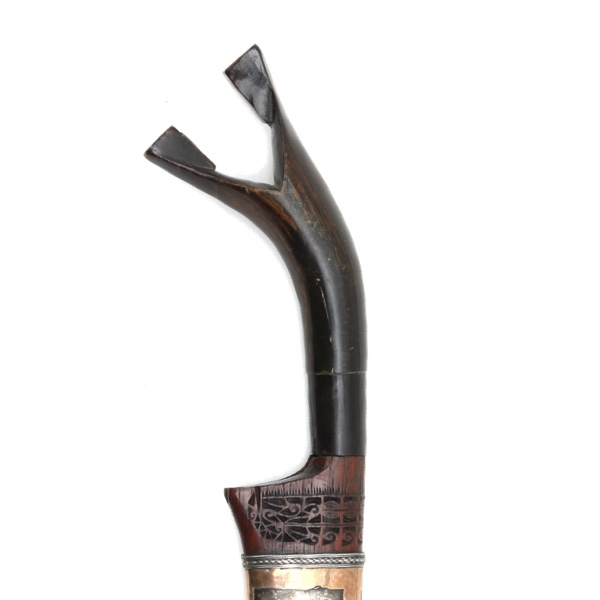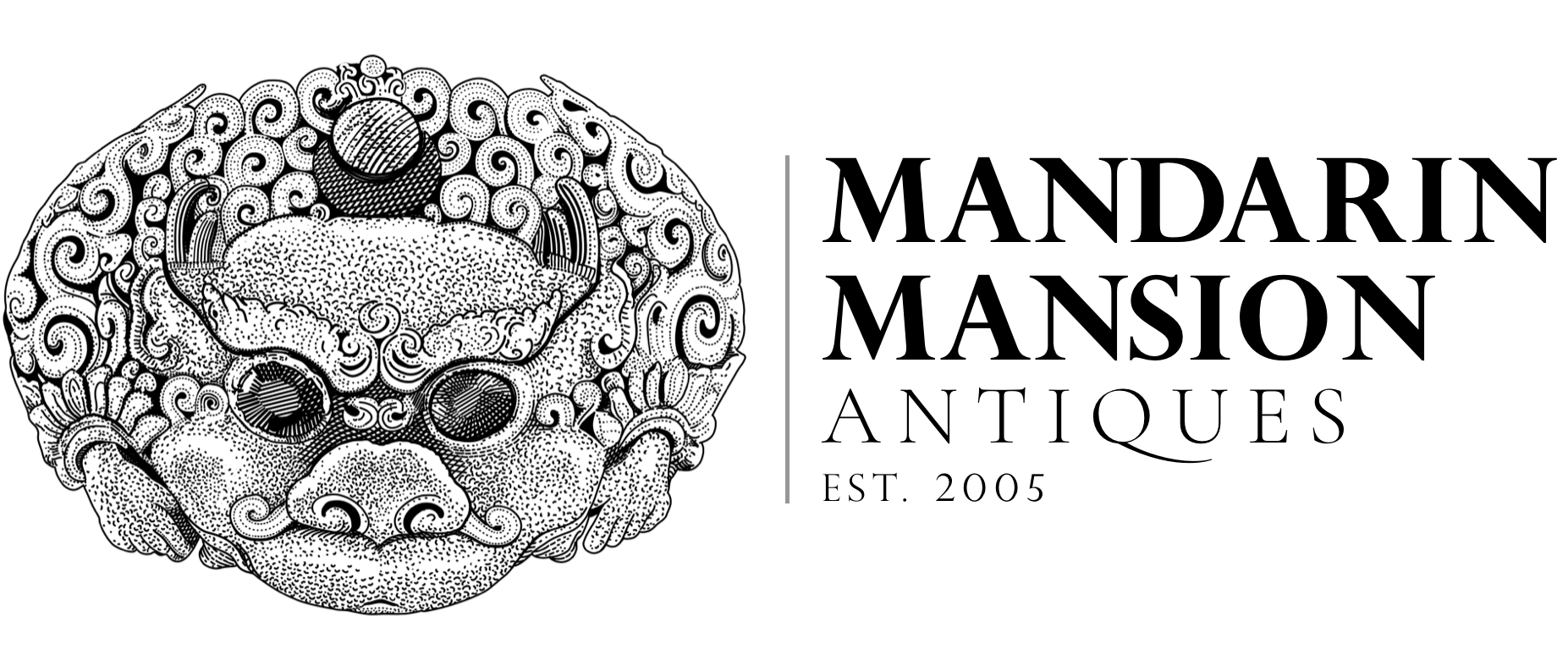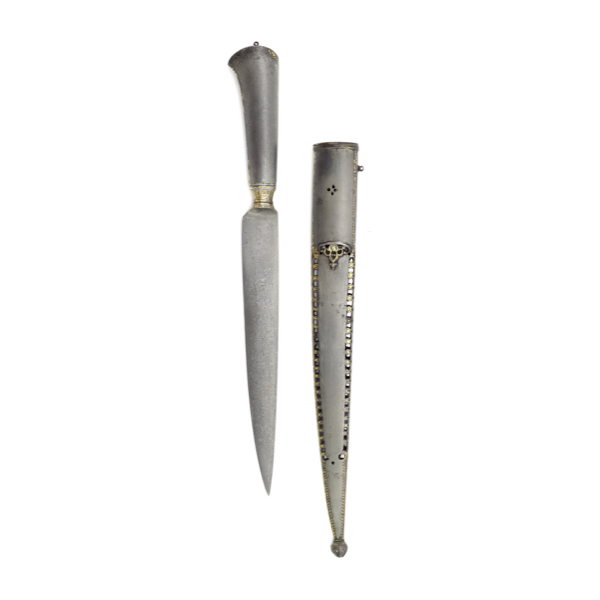
Full wootz kard
...and some gold.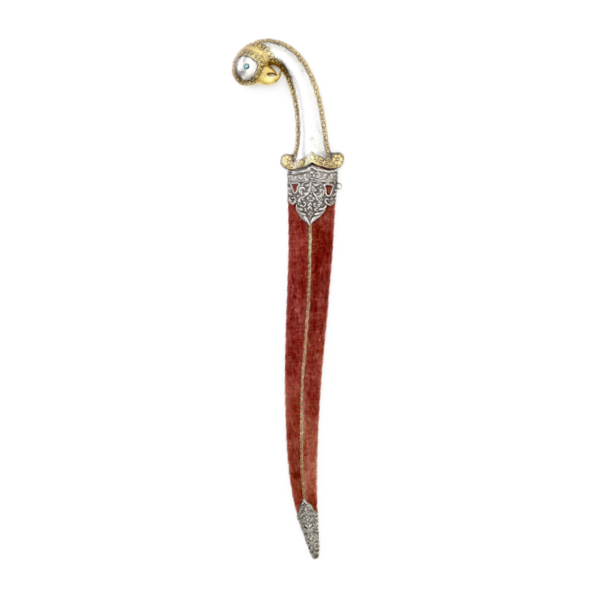
Parrot hilt wootz khanjar
With vintage silver mounted scabbard.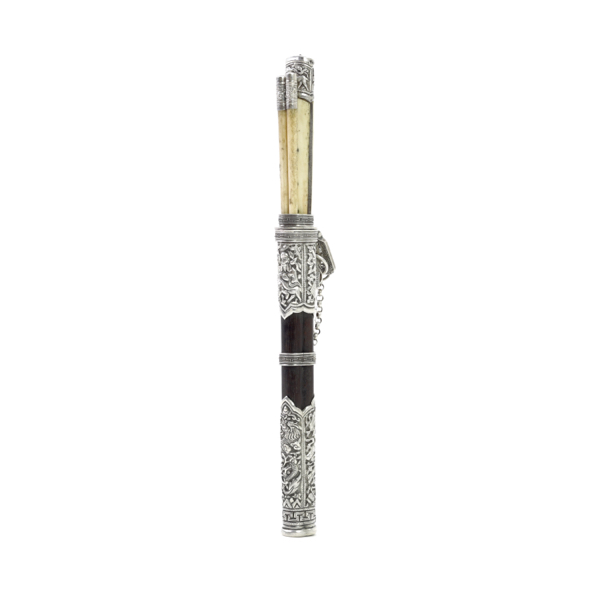
Fine Mongolian trousse
With very detailed silver mounts.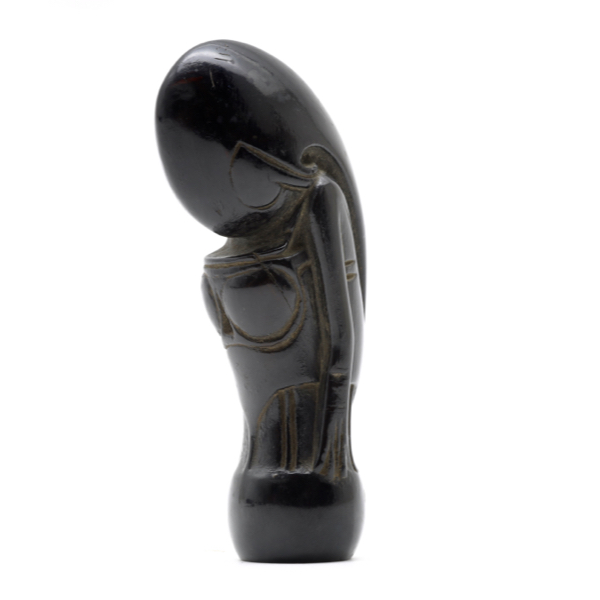
Veiled female keris grip
Often interpreted to be Durga, the warrior goddess.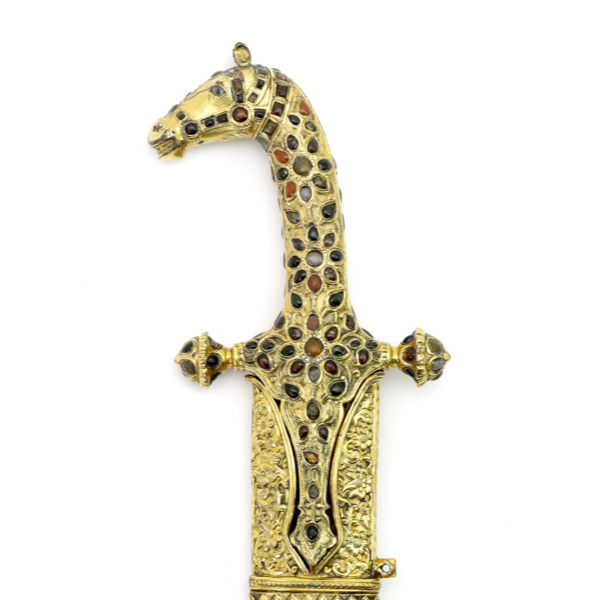
Fine Kutch horse head shamshir
The style typical of Kutch, the execution far above what is normally seen on work from that area.
Persian painted shield
Persian steel shield with fine Qajar style painted dome.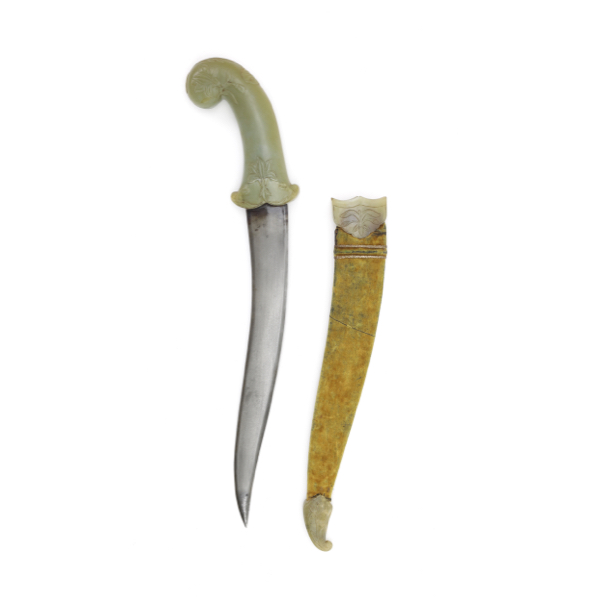
Indian Jade mounted dagger
Nice and complete with opaque green hilt and scabbard mounts.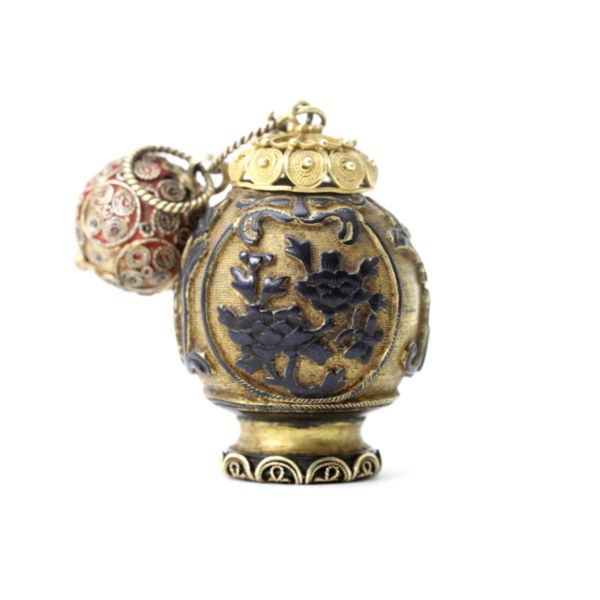
Sawasa smallsword pommel
Upgraded with filigree to resemble a snuff bottle.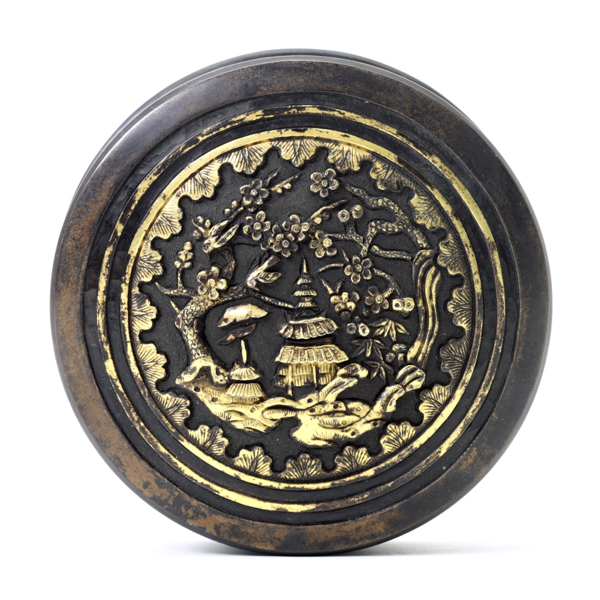
Sawasa east indian inkwell
Sawasa is metalware in black and gold made primarily for the Dutch expat community in Asia.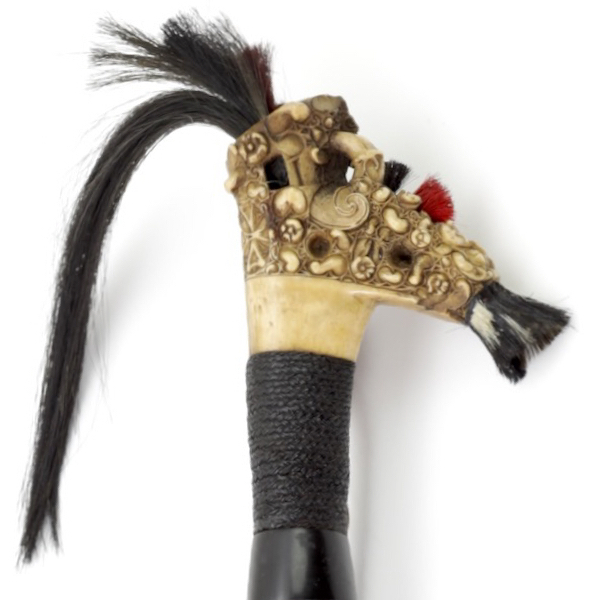
So-op
Dayak word for their sword hilt.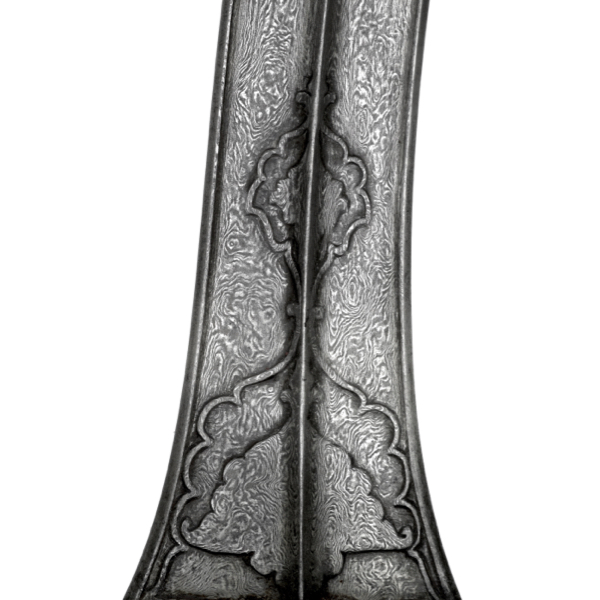
Fine wootz khanjar
With early blade of "brilliant black" wootz.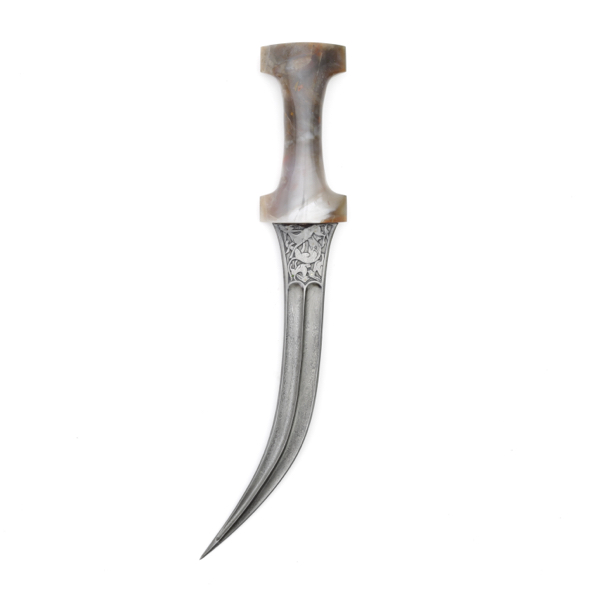
Agate hilted wootz khanjar
Nice Persian dagger with fine wootz blade and unusual hilt material.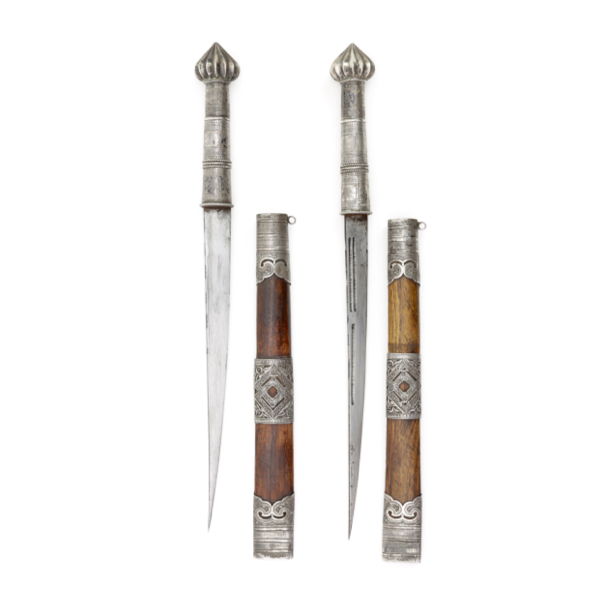
Pair of fine Yunnan knives
Carrying Chinese silver marks on their scabbard mounts.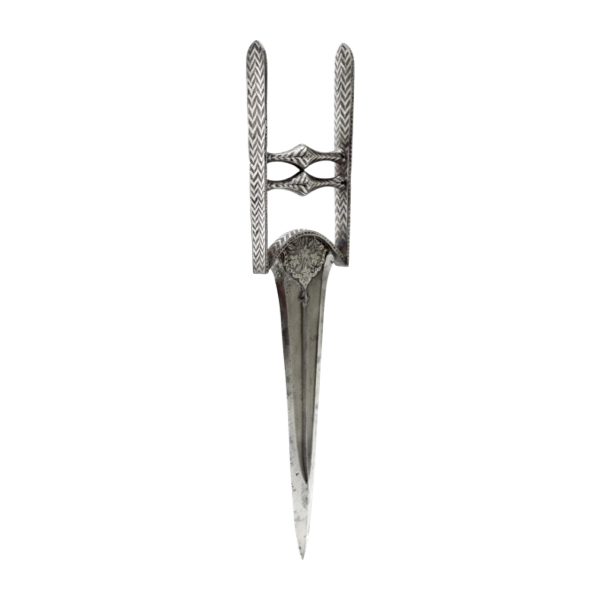
Silver chevron katar
All the designs being true inlay, with almost no losses.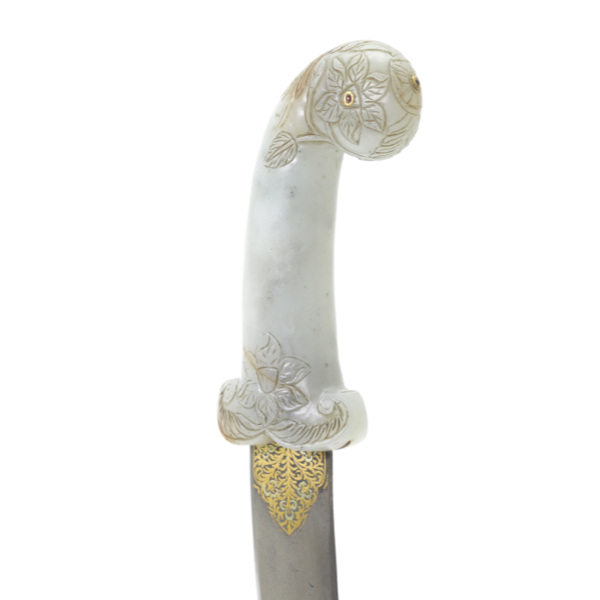
Indian jade hilted dagger
With wootz blade and the jade hilt set with small rubies.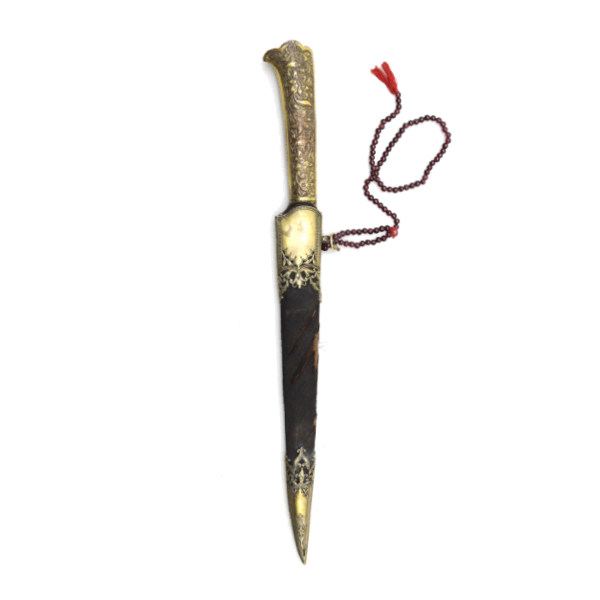
Gilt-copper hilted kard
Fine Indian kard with gilt copper alloy hilt, decorated with chiseled flowers.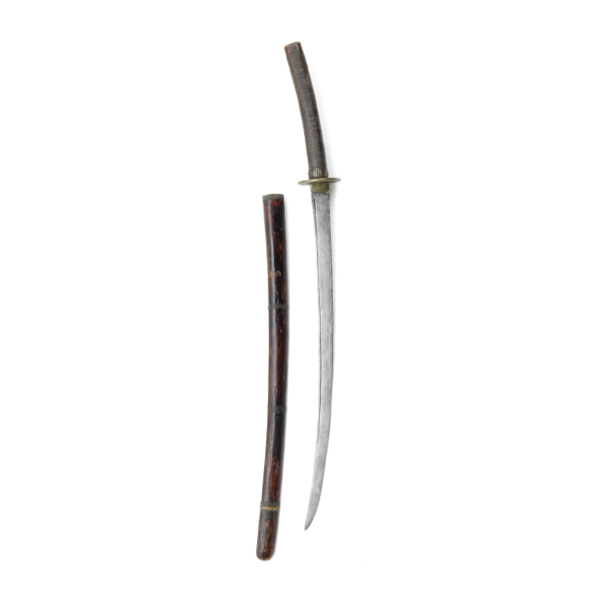
Japanese inspired Asian sword
Inspired by uchigatana brought into Vietnam by Japanese refugees who settled along the coast.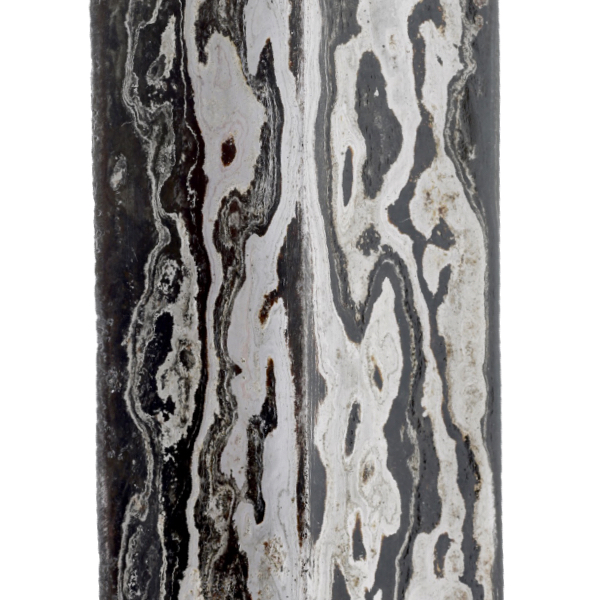
Pamor
Indonesian word for pattern on a steel blade. Also the name of the nickel often used for a contrasting effect.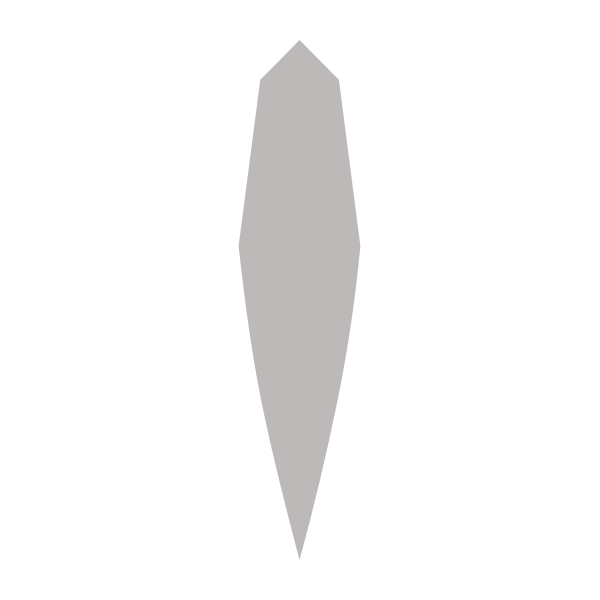
Maru-gitae (丸鍛え)
Japanese word for a basic blade construction consisting of one type of steel.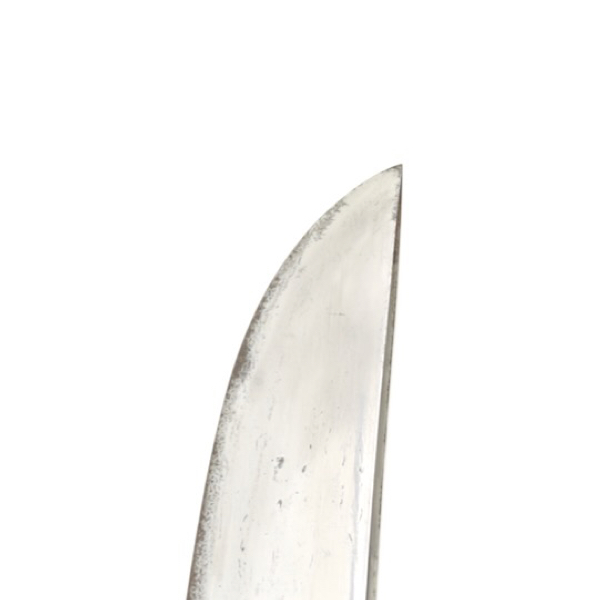
Kanetuhu / Etuhu
Ainu words for the point of a knife or sword.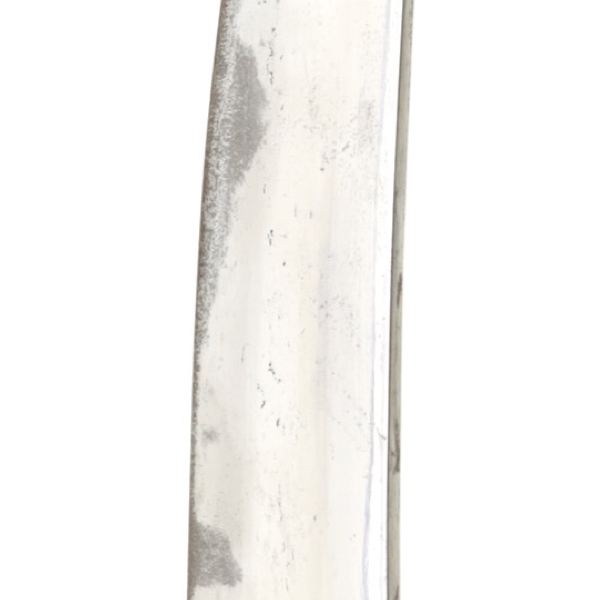
Notak
Ainu word for the edge of a sharp tool like a knife.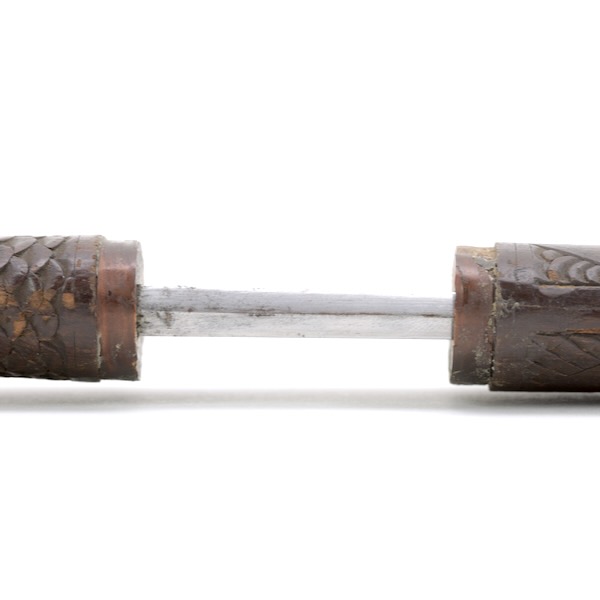
Mekkashike
Ainu word for the back of a knife, or sword. Also the ridge of a mountain or house.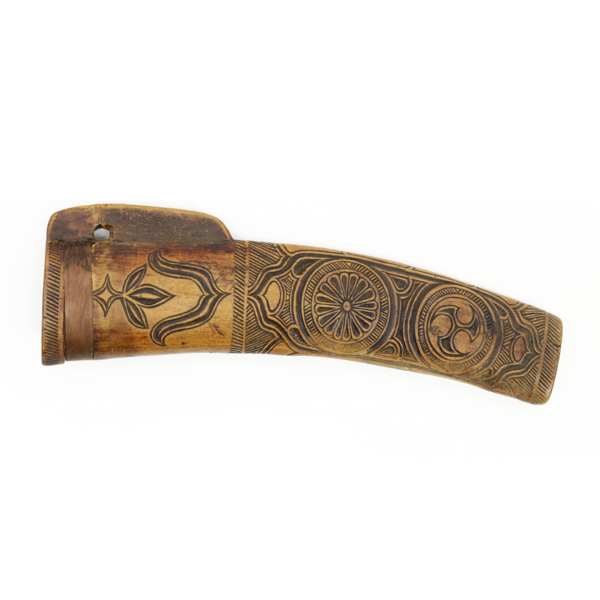
Makiri-saya
Ainu word for the scabbard of a utility knife called makiri.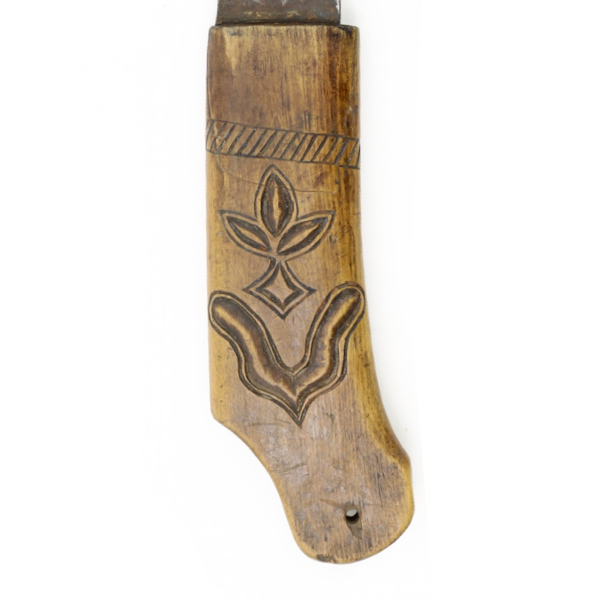
Makiri-nip
Ainu word for a knife handle.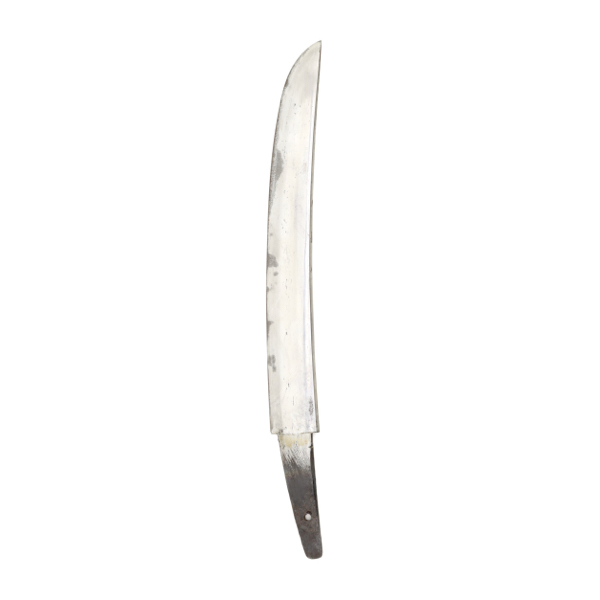
Ibehe
Ibehe is an Ainu word for a knife or sword blade.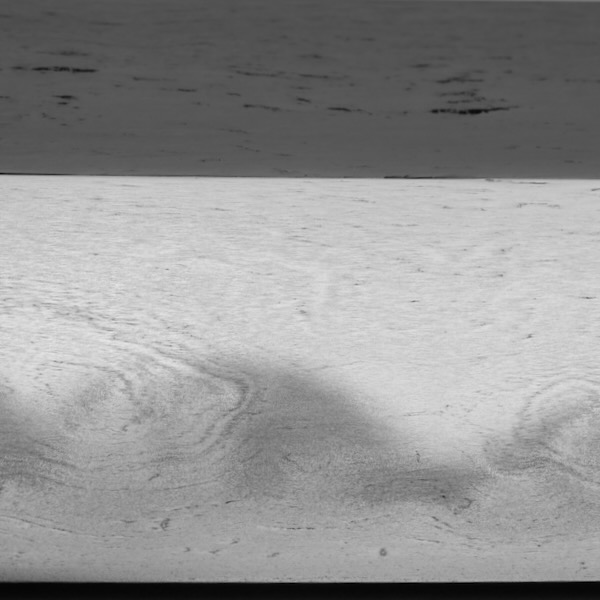
Nioi (匂)
Japanese word for fine martensite crystals in the blade's temperline.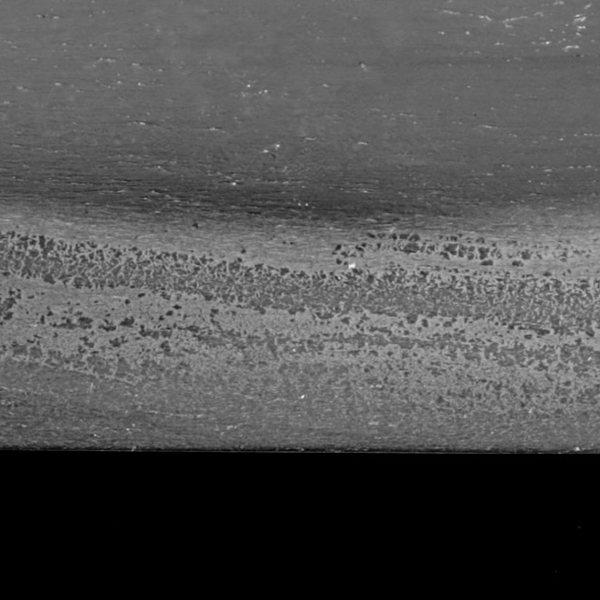
Nie (沸)
Japanese word for martensite crystals that form in blade under certain conditions.
Koshirae (拵)
Japanese term for the mountings of an edged weapon.
Southeast Asian sword club
This enigmatic hardwood club is modeled after a sword.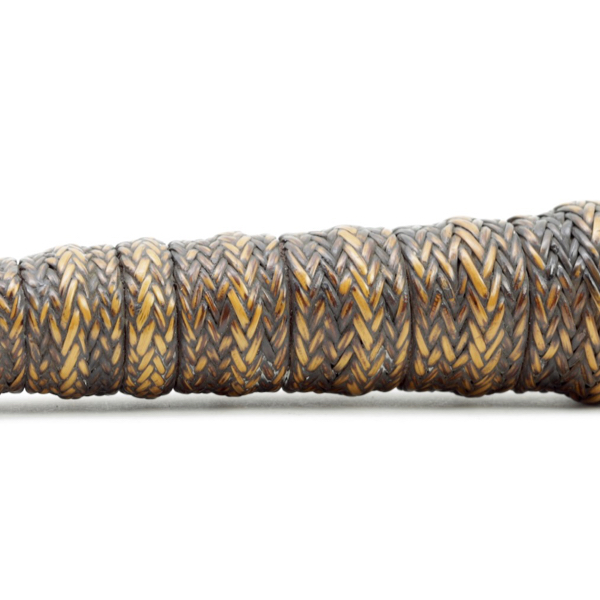
Allūbung
Ifugao word for a woven rattan covering on handles and shafts.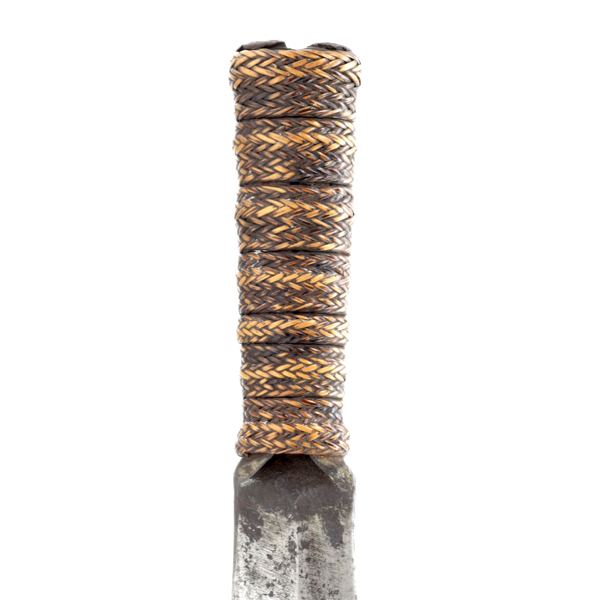
Hālung
Ifugao word for a rolled up tang hilt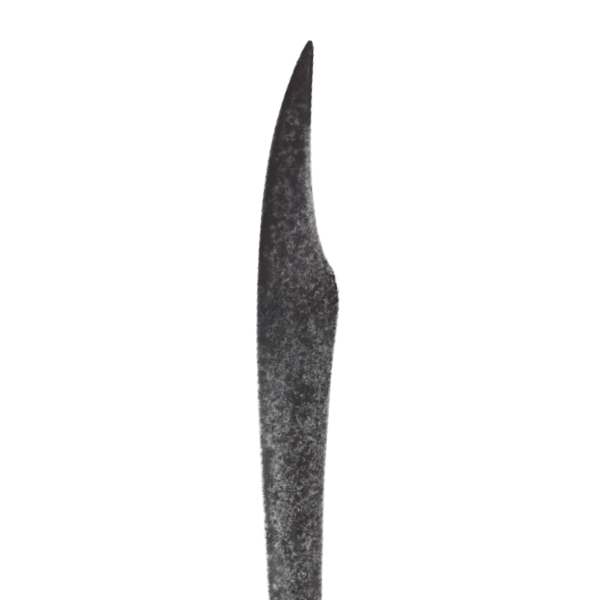
Gari matuwà
South Nias word for a specific type of sword.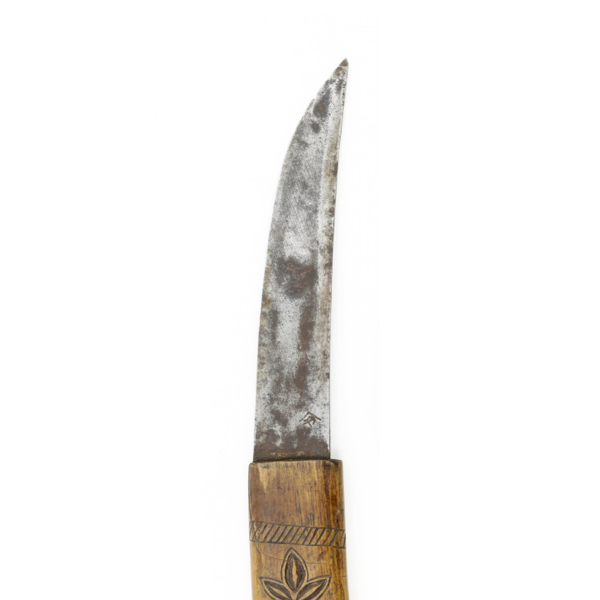
Makiri-ibe
Ainu word for knife blade.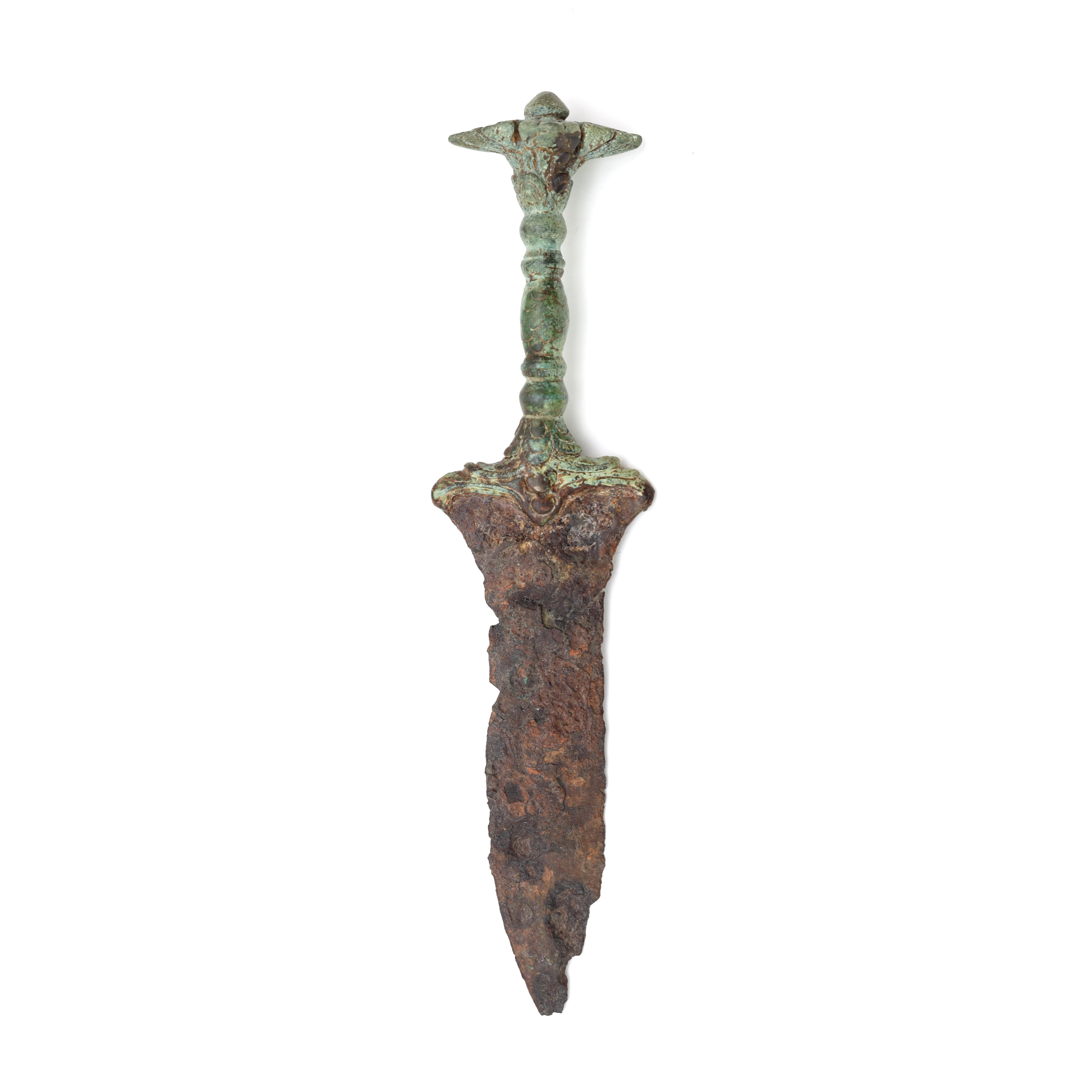
Khmer dagger
A rare thousand-year-old dagger from the Khmer empire.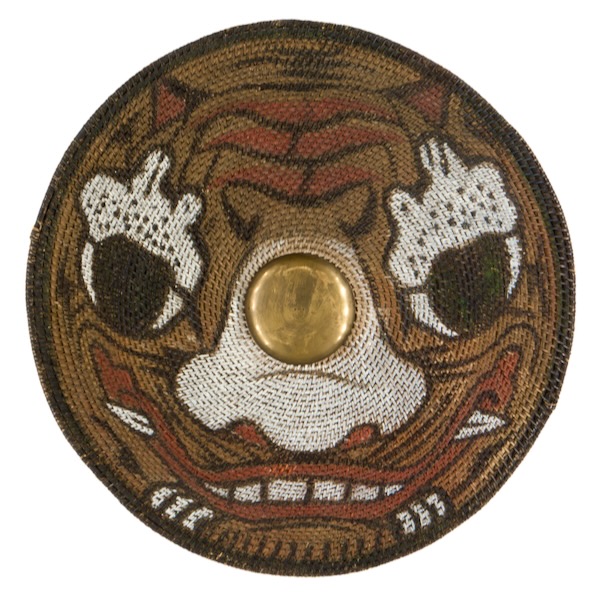
Qing military rattan shield production
Translation of a page from Qing regulations that describes the production of the Qing military rattan shield.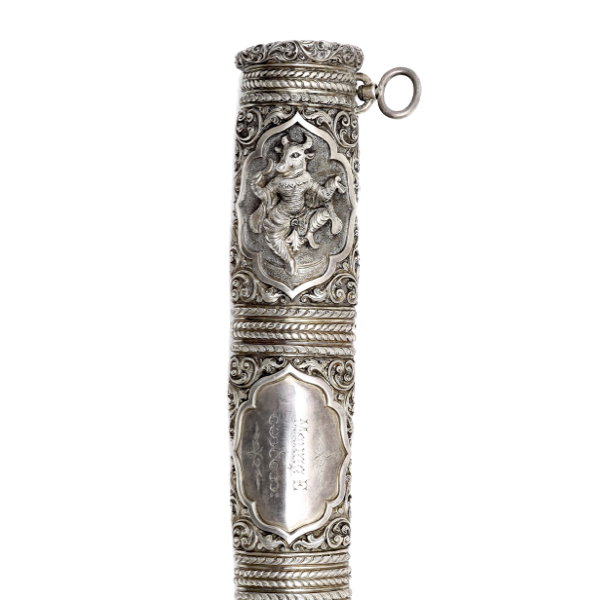
Fine Burmese silver sword scabbard
It represents the best of Burmese silversmithing with repousse work in high relief.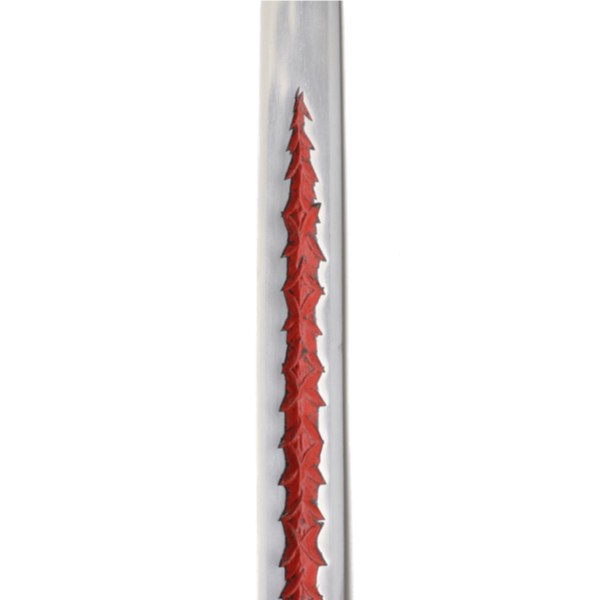
Kusabi-hi (楔樋)
Japanese term for an irregular hamon sometimes found on spearheads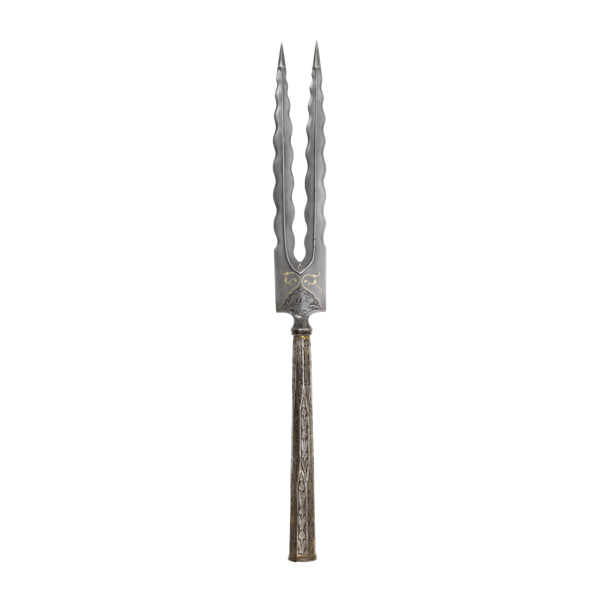
Persian wootz double spearhead
Finely crafted wootz blade, and golden inlays at the base.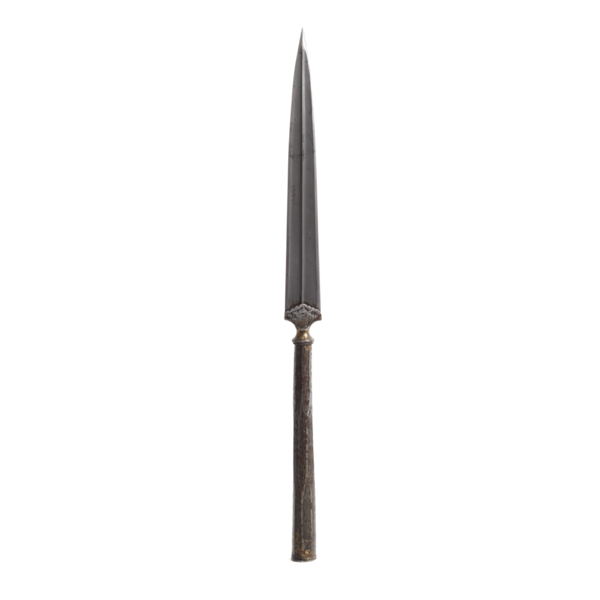
Persian wootz spearhead
Made using Persian wootz. Pronounced features, chiseled socket.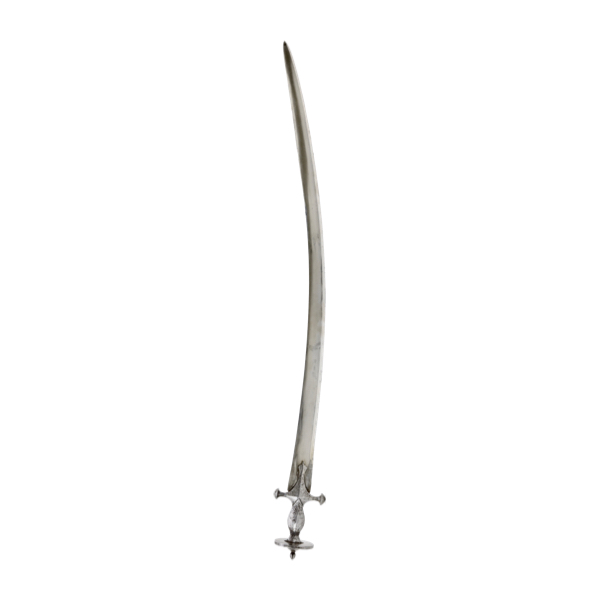
Sirōhī (सिरोही)
A town in Rajasthan known for its blade making industry, as well as a type of sword.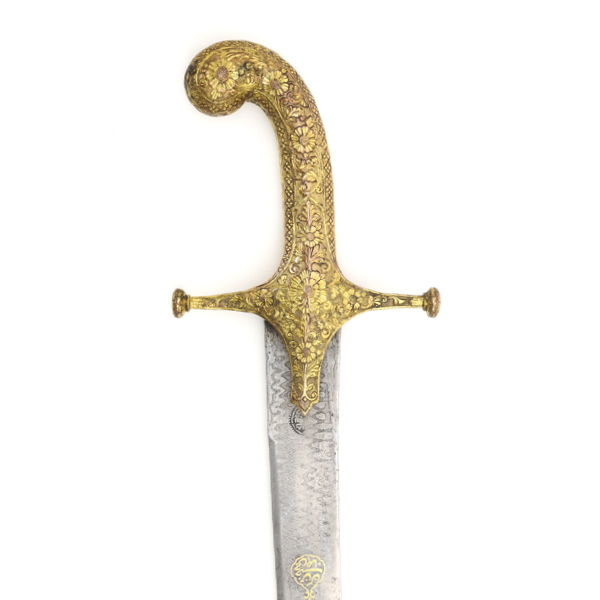
Kutch shamshir for Benson
Blade of Persian shamshir form, but of Indian make. Mounts in Kutch style gilt copper.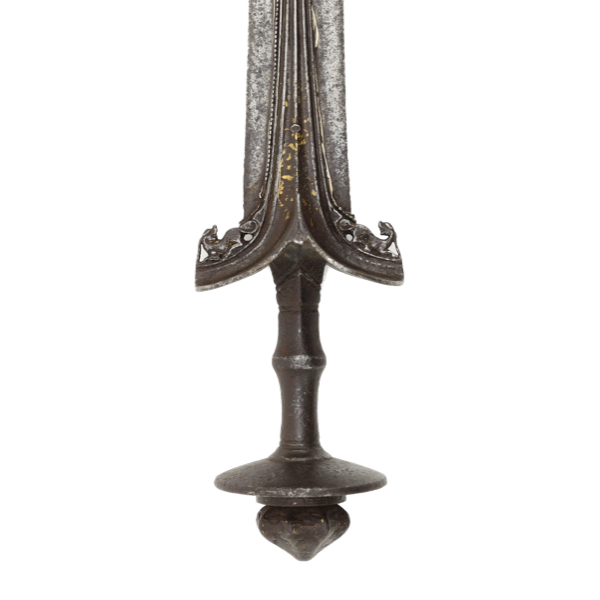
South Indian pattissa
An early example, late Vijayanagara empire, with a fine wootz spatulate blade.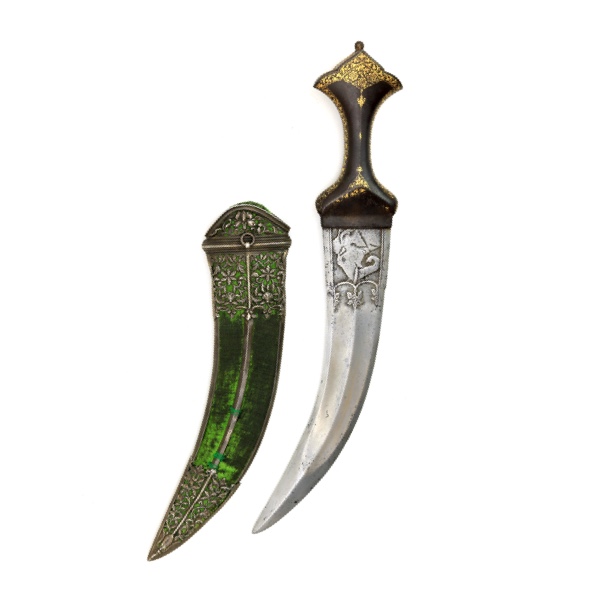
A fine north Indian dagger
Of jambiya form, with pattern welded blade and fine silver scabbard mounts.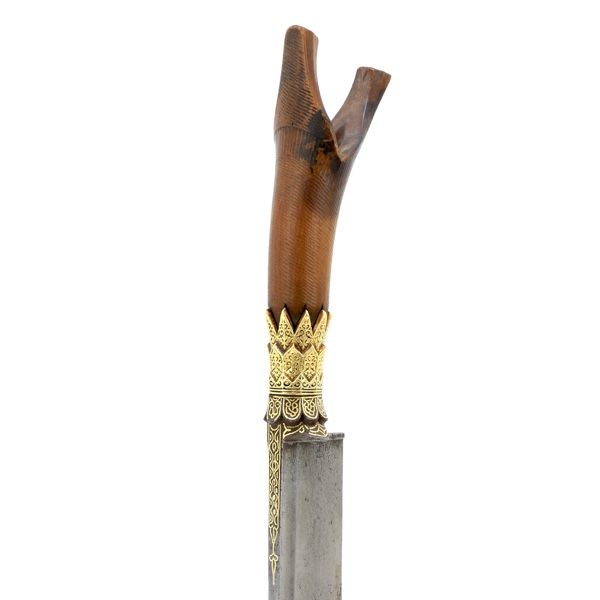
Very good sikin panjang
Its blade with very fine and complex pamor, brought out by a polish.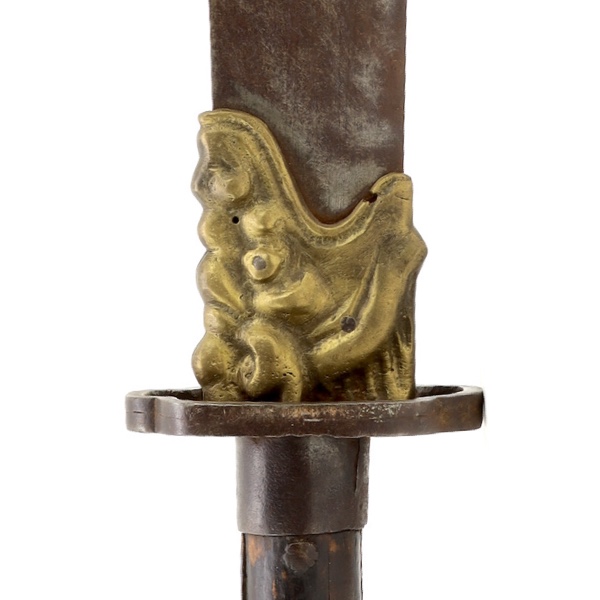
Tūnkǒu (吞口)
Literally "swallowing mouth", a collar piece often found on Chinese blades.
Pōdāo with dragon tūnkǒu
With a large iron guard and hard wooden shaft.
Shakudō (赤銅)
A Japanese alloy containing copper and gold.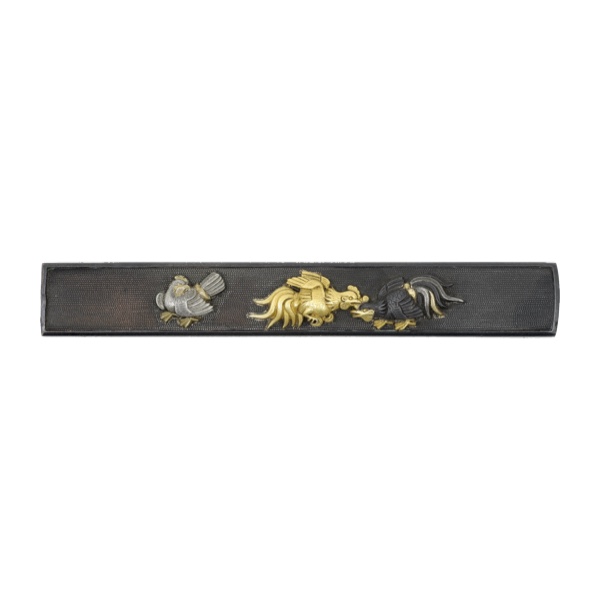
Rooster fight kozuka
Executed in gold and silver on a shakudō nanako base, with golden back.